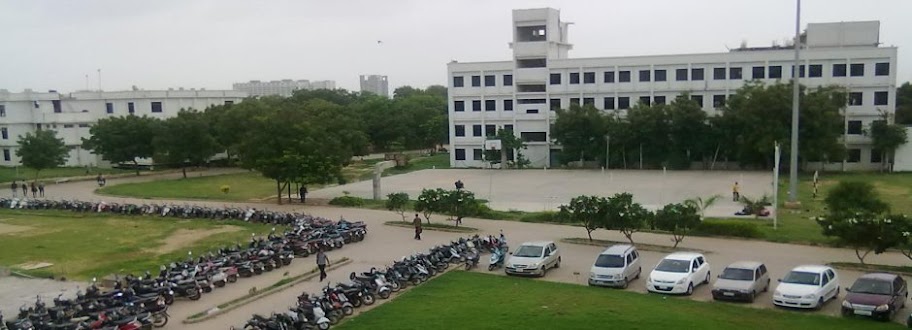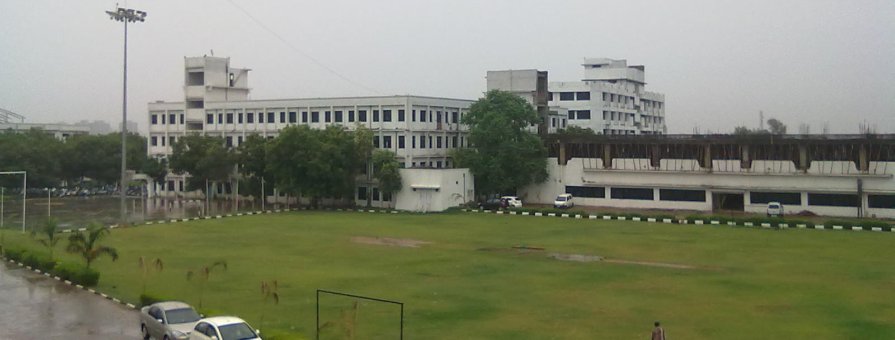Total University Exam
Theory:- 2
Practical:- 2
Total:- 4
University Exam:- 70
Mid sem Exam :- 30
Practical:- 50
Course Content
Introduction to Java
Basics of Java programming, Data types, Variables, Operators, Control structures including selection, Looping, Java methods, Overloading, Math class, Arrays in java.
Objects and Classes
Basics of objects and classes in java, Constructors, Finalizer, Visibility modifiers, Methods and objects, Inbuilt classes like String, Character, StringBuffer, File, this reference.
Inheritance and Polymorphism
Inheritance in java, Super and sub class, Overriding, Object class, Polymorphism, Dynamic binding, Generic programming, Casting objects, Instance of operator, Abstract class, Interface in java, Package in java, UTIL package.
Event and GUI programming
Event handling in java, Event types, Mouse and key events, GUI Basics, Panels, Frames, Layout Managers: Flow Layout, Border Layout, Grid Layout, GUI components like Buttons, Check Boxes, Radio Buttons, Labels, Text Fields, Text Areas, Combo Boxes, Lists, Scroll Bars, Sliders, Windows, Menus, Dialog Box, Applet and its life cycle, Introduction to swing.
I/O programming
Text and Binary I/O, Binary I/O classes, Object I/O, Random Access Files.
Multithreading in java
Multithreading in java, Thread life cycle and methods, Runnable interface, Thread synchronization, Exception handling with try-catch-finally, Collections in java, Introduction to JavaBeans and Network Programming.
Theory:- 2
Practical:- 2
Total:- 4
University Exam:- 70
Mid sem Exam :- 30
Practical:- 50
Course Content
Introduction to Java
Basics of Java programming, Data types, Variables, Operators, Control structures including selection, Looping, Java methods, Overloading, Math class, Arrays in java.
Objects and Classes
Basics of objects and classes in java, Constructors, Finalizer, Visibility modifiers, Methods and objects, Inbuilt classes like String, Character, StringBuffer, File, this reference.
Inheritance and Polymorphism
Inheritance in java, Super and sub class, Overriding, Object class, Polymorphism, Dynamic binding, Generic programming, Casting objects, Instance of operator, Abstract class, Interface in java, Package in java, UTIL package.
Event and GUI programming
Event handling in java, Event types, Mouse and key events, GUI Basics, Panels, Frames, Layout Managers: Flow Layout, Border Layout, Grid Layout, GUI components like Buttons, Check Boxes, Radio Buttons, Labels, Text Fields, Text Areas, Combo Boxes, Lists, Scroll Bars, Sliders, Windows, Menus, Dialog Box, Applet and its life cycle, Introduction to swing.
I/O programming
Text and Binary I/O, Binary I/O classes, Object I/O, Random Access Files.
Multithreading in java
Multithreading in java, Thread life cycle and methods, Runnable interface, Thread synchronization, Exception handling with try-catch-finally, Collections in java, Introduction to JavaBeans and Network Programming.









